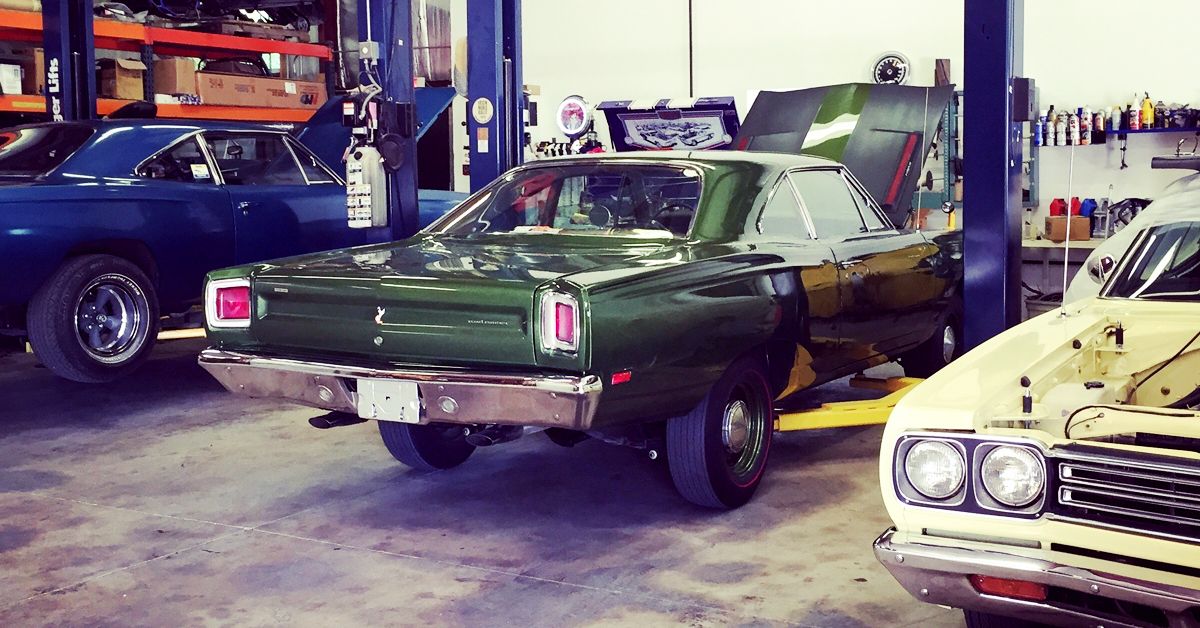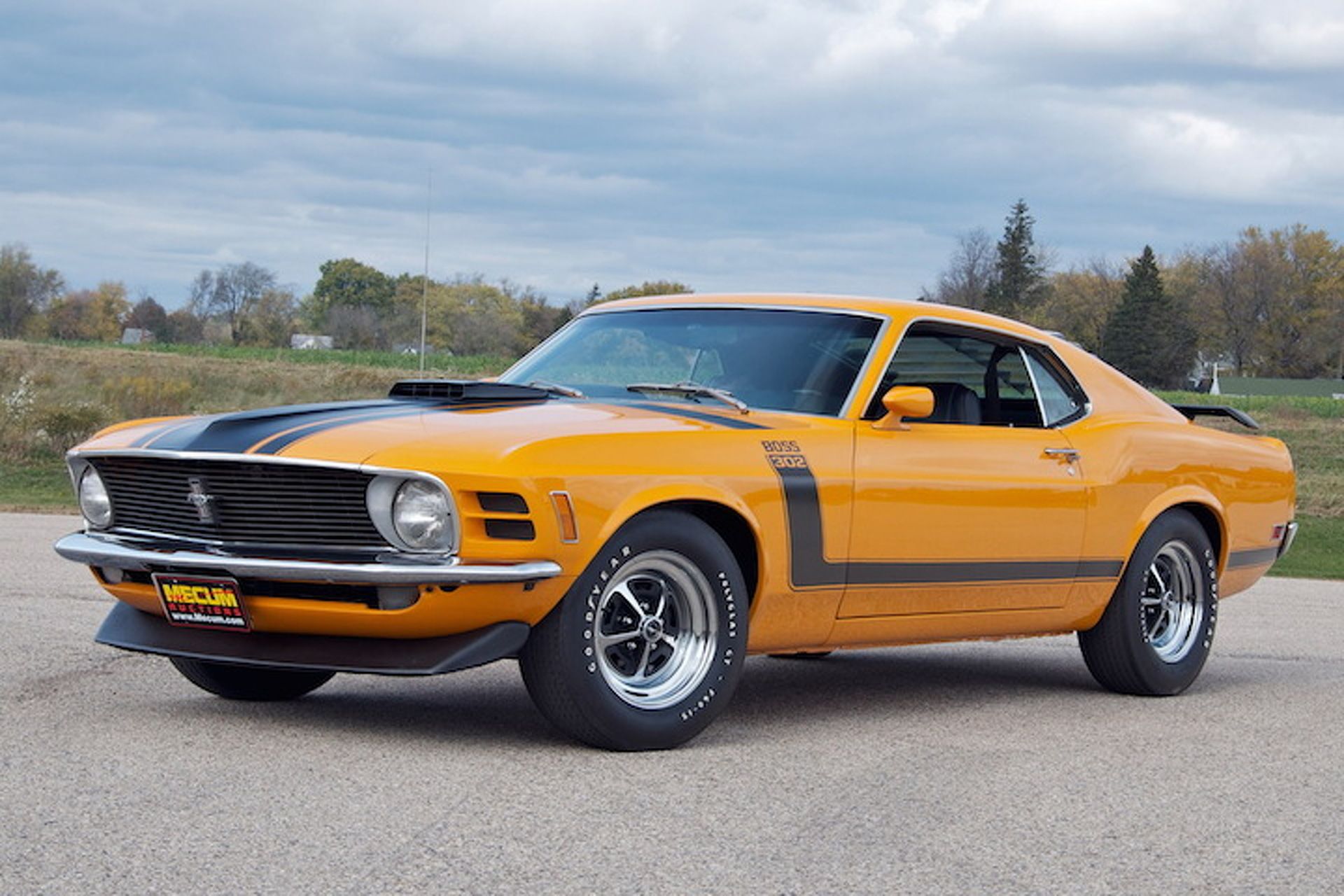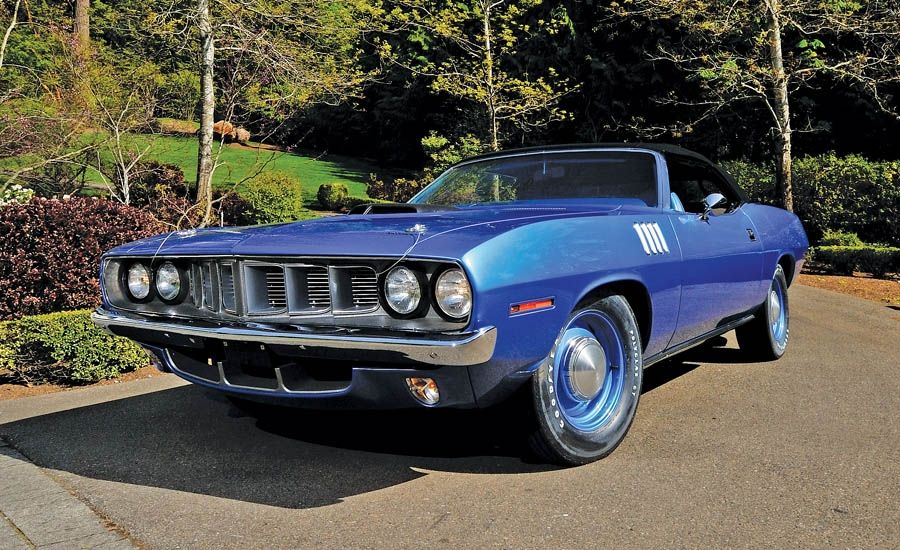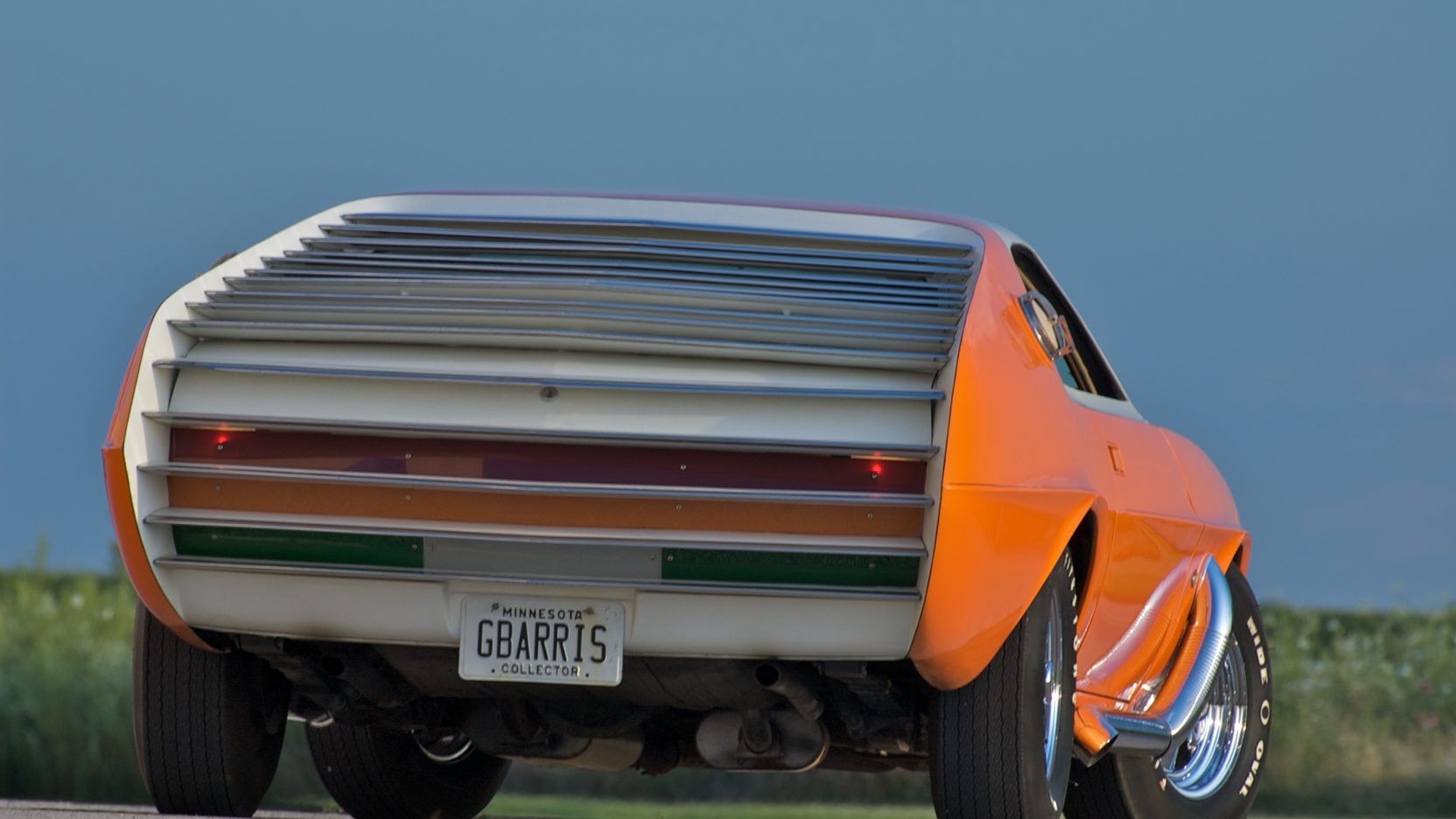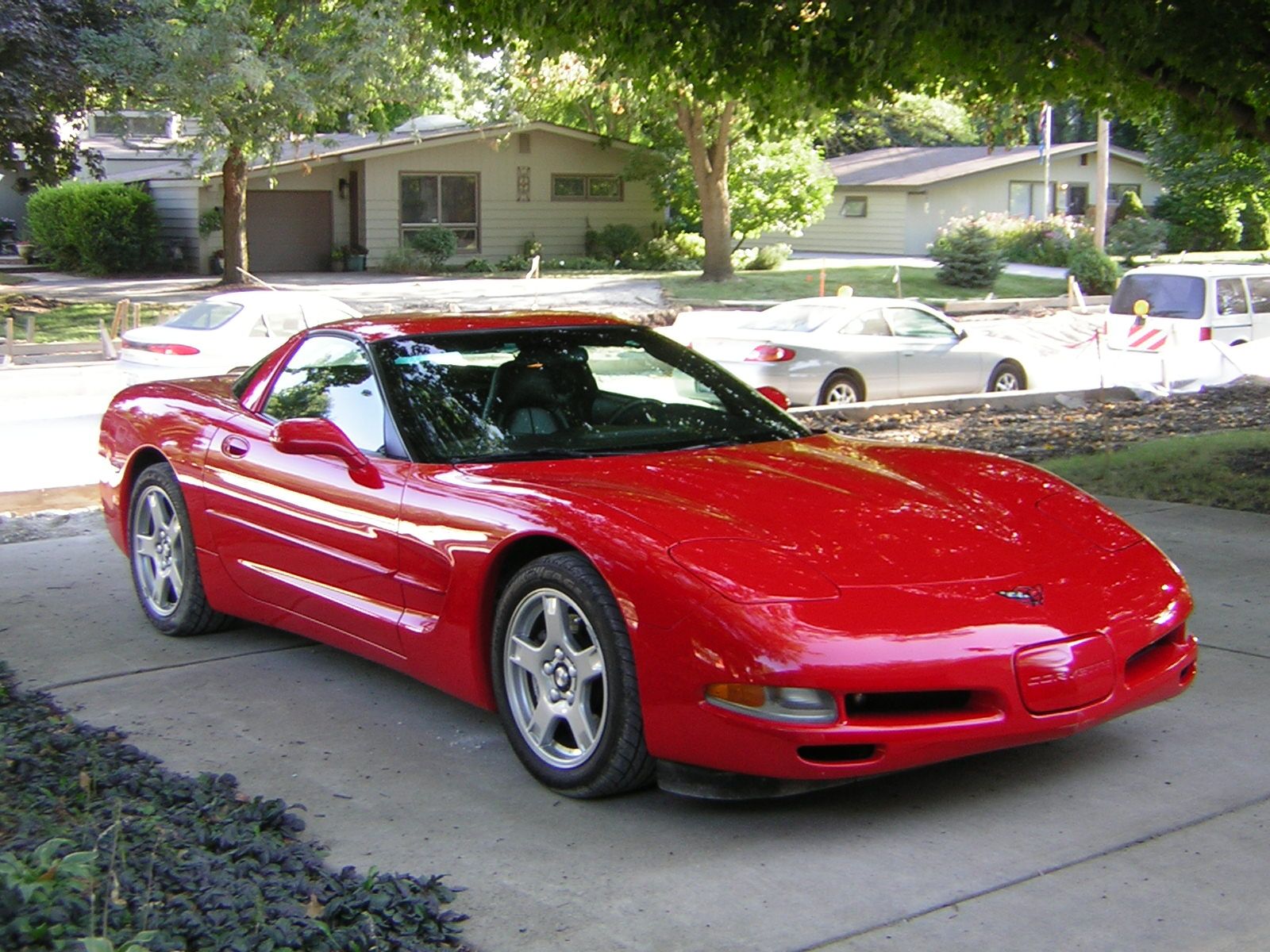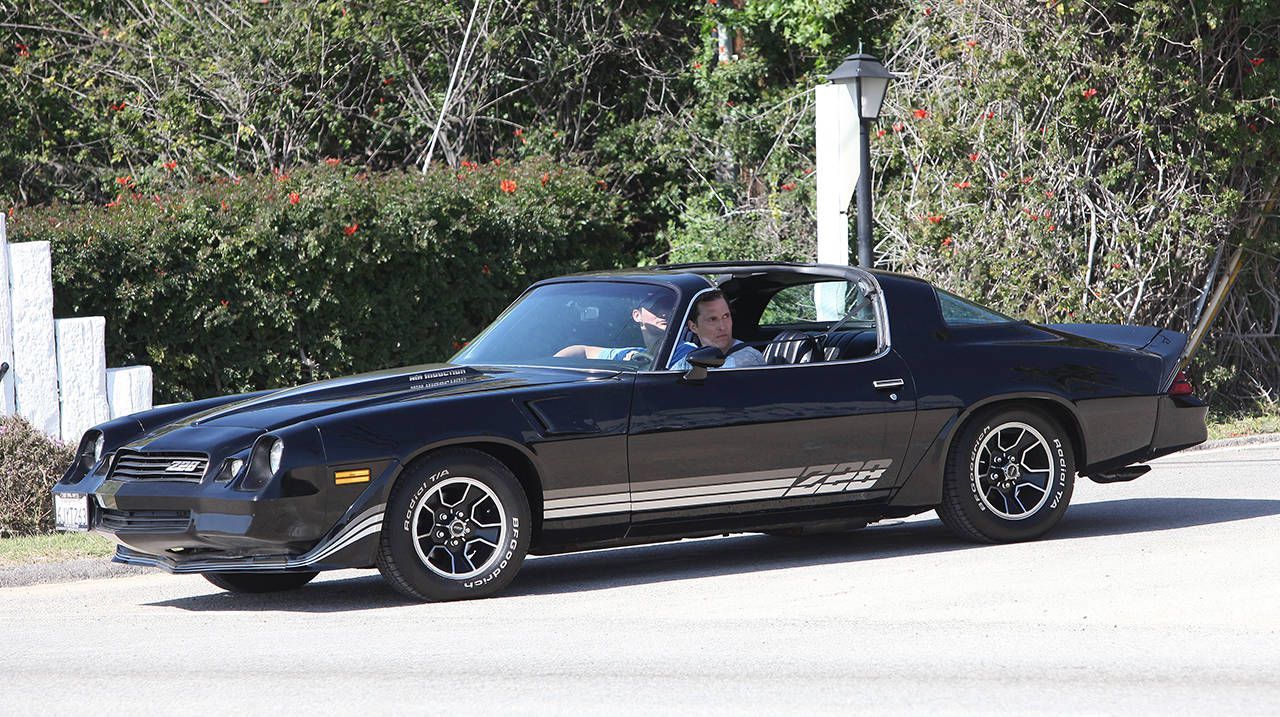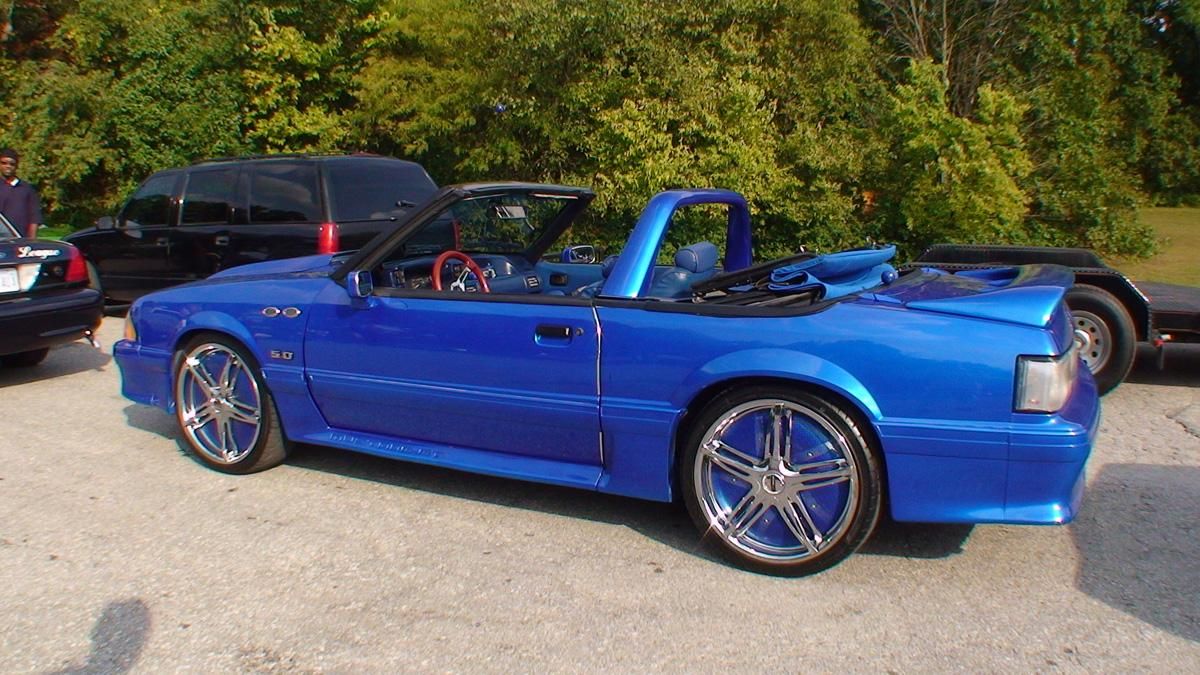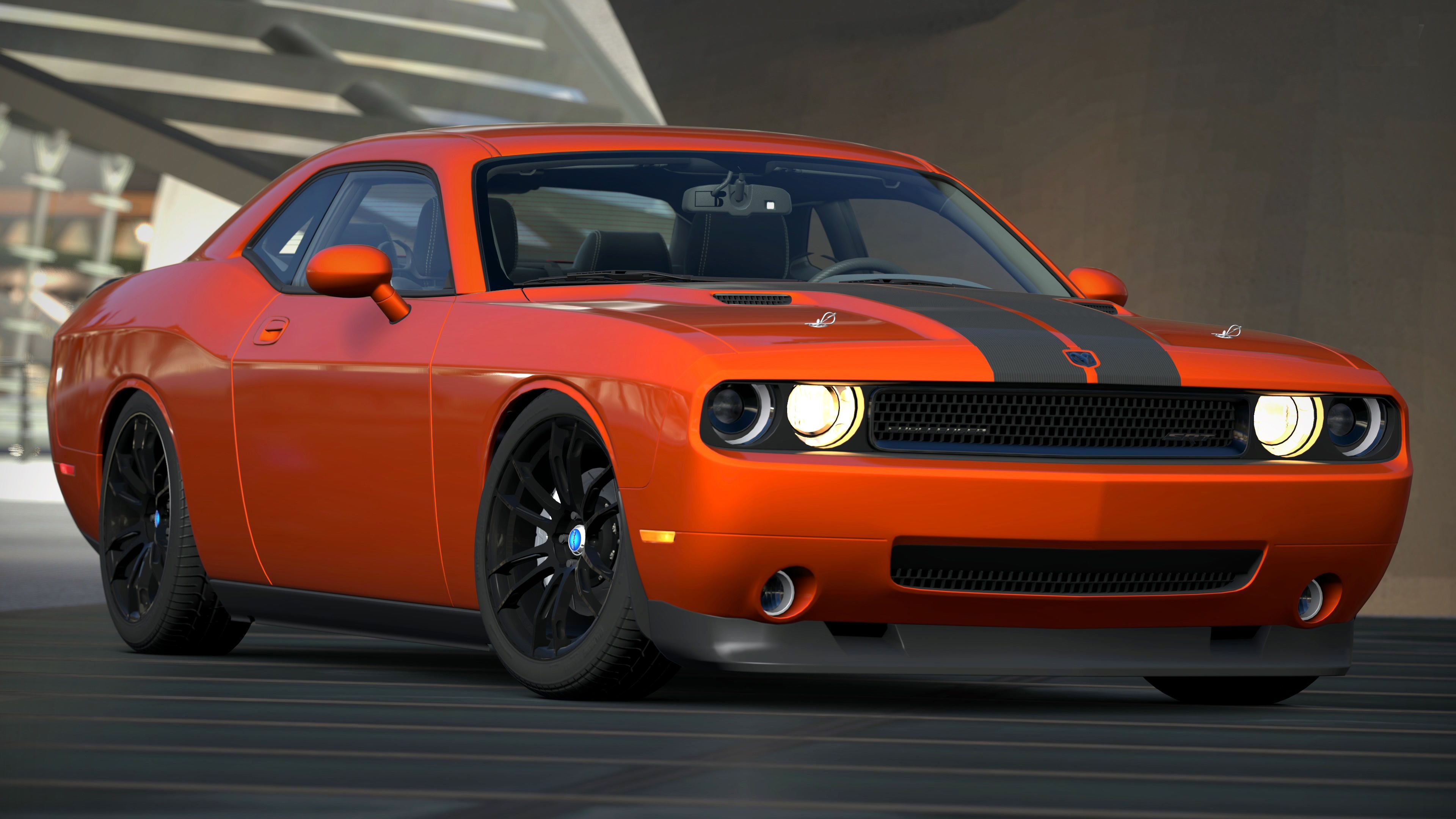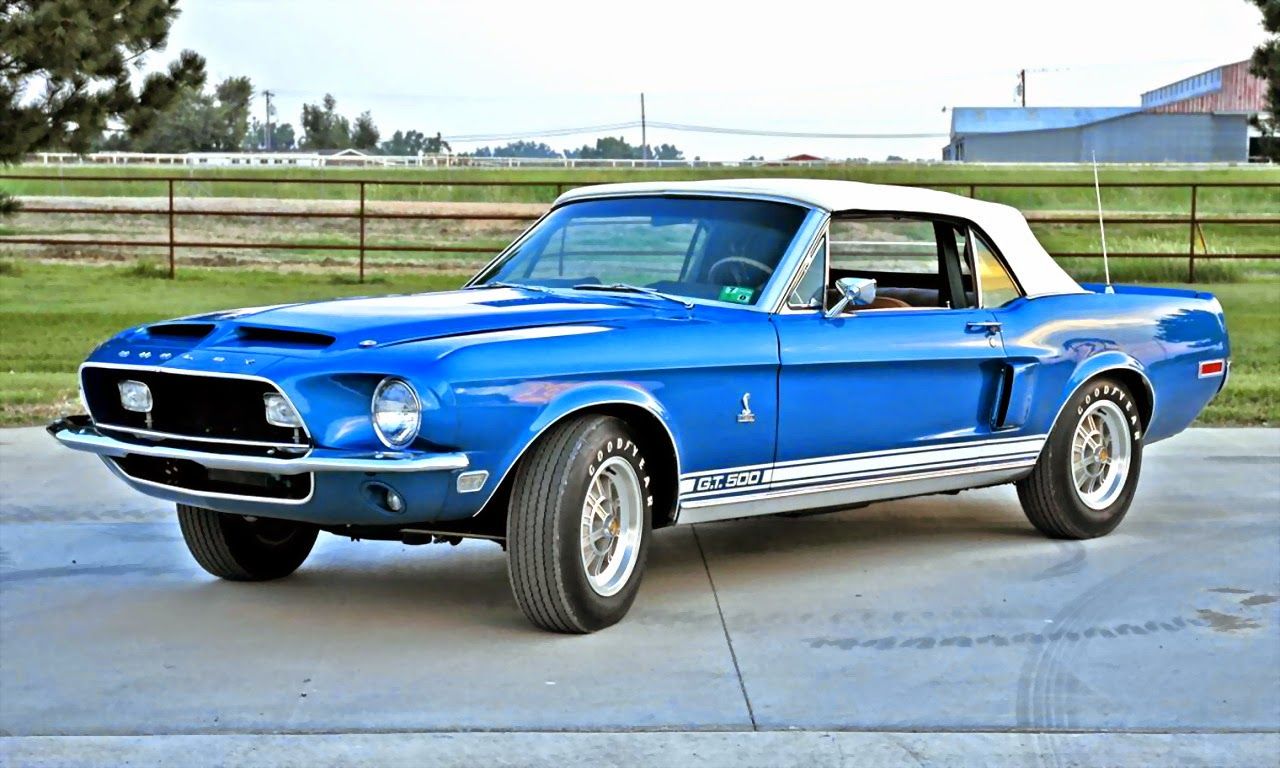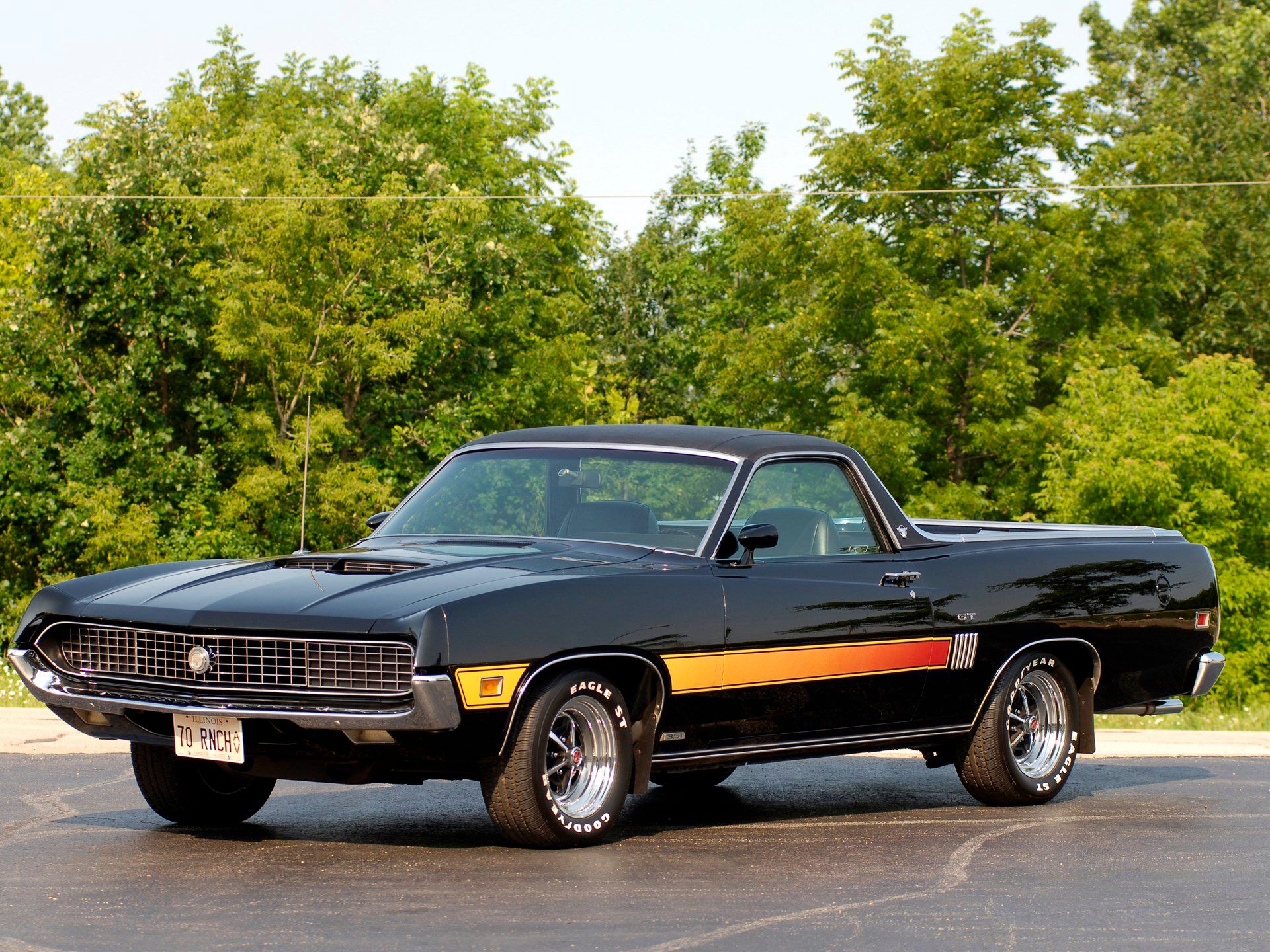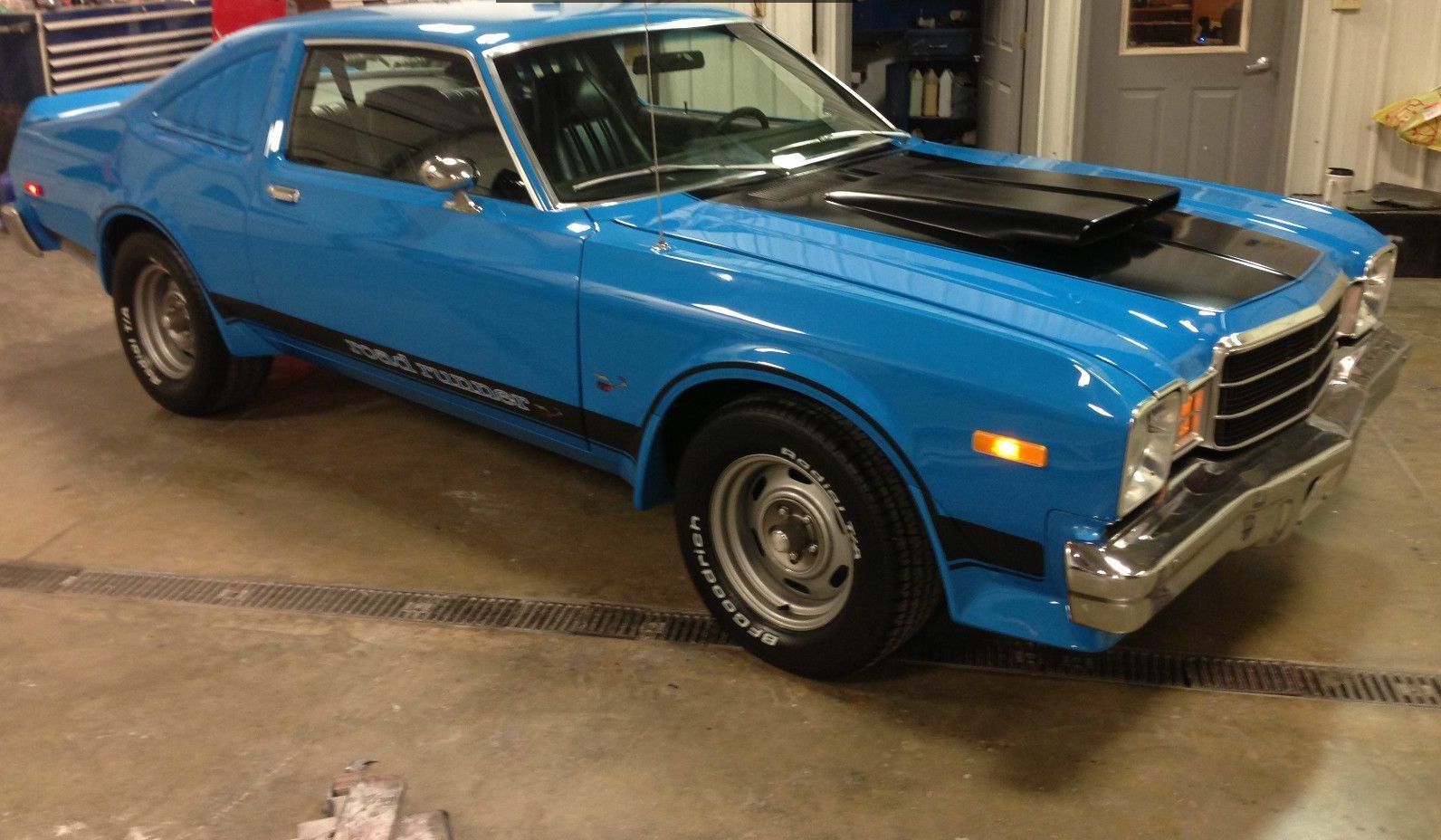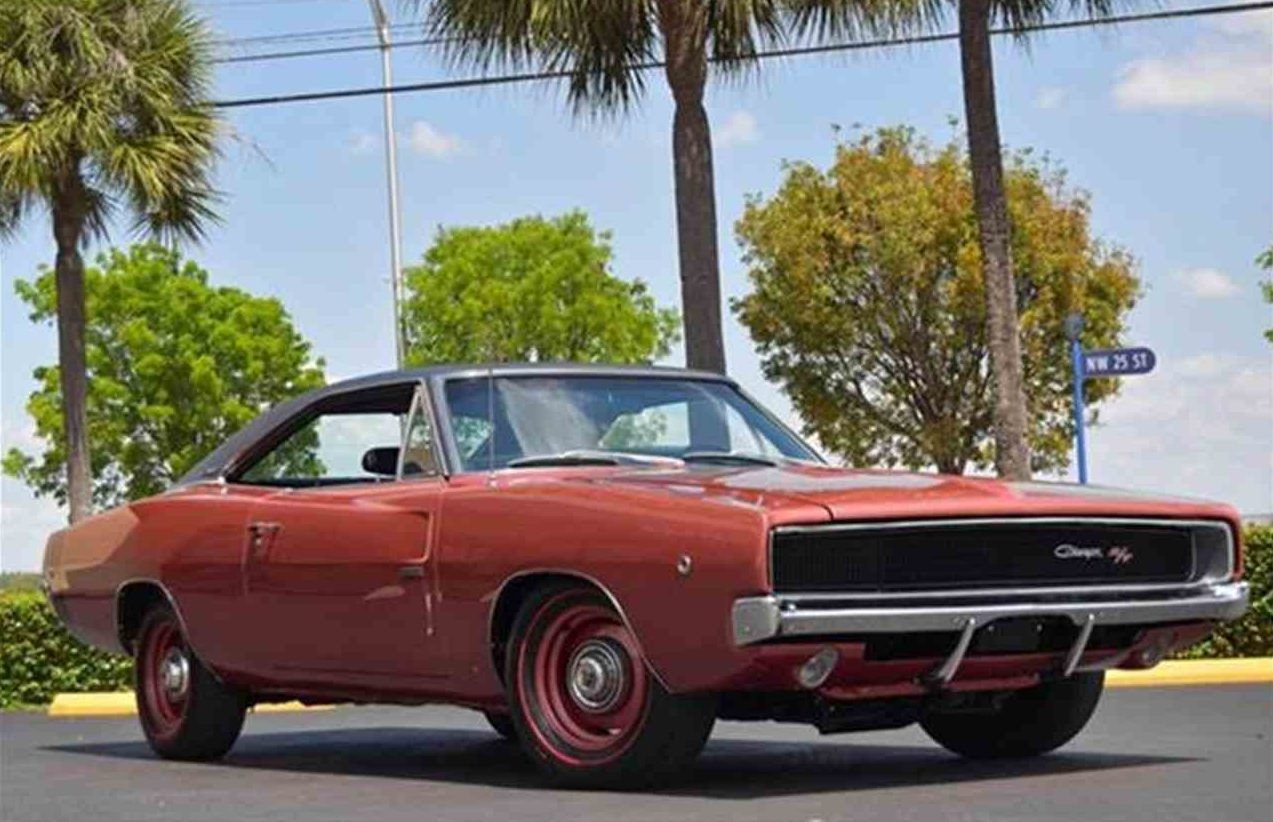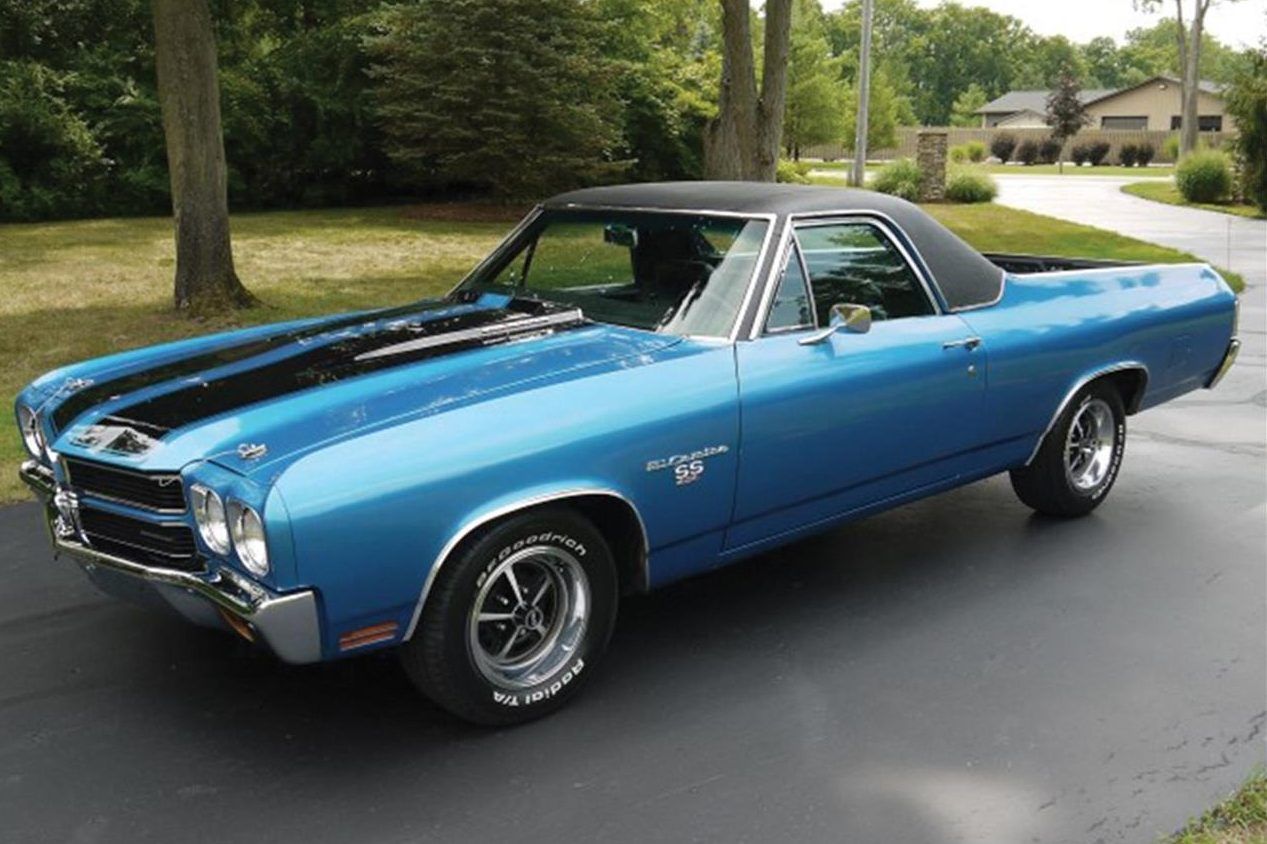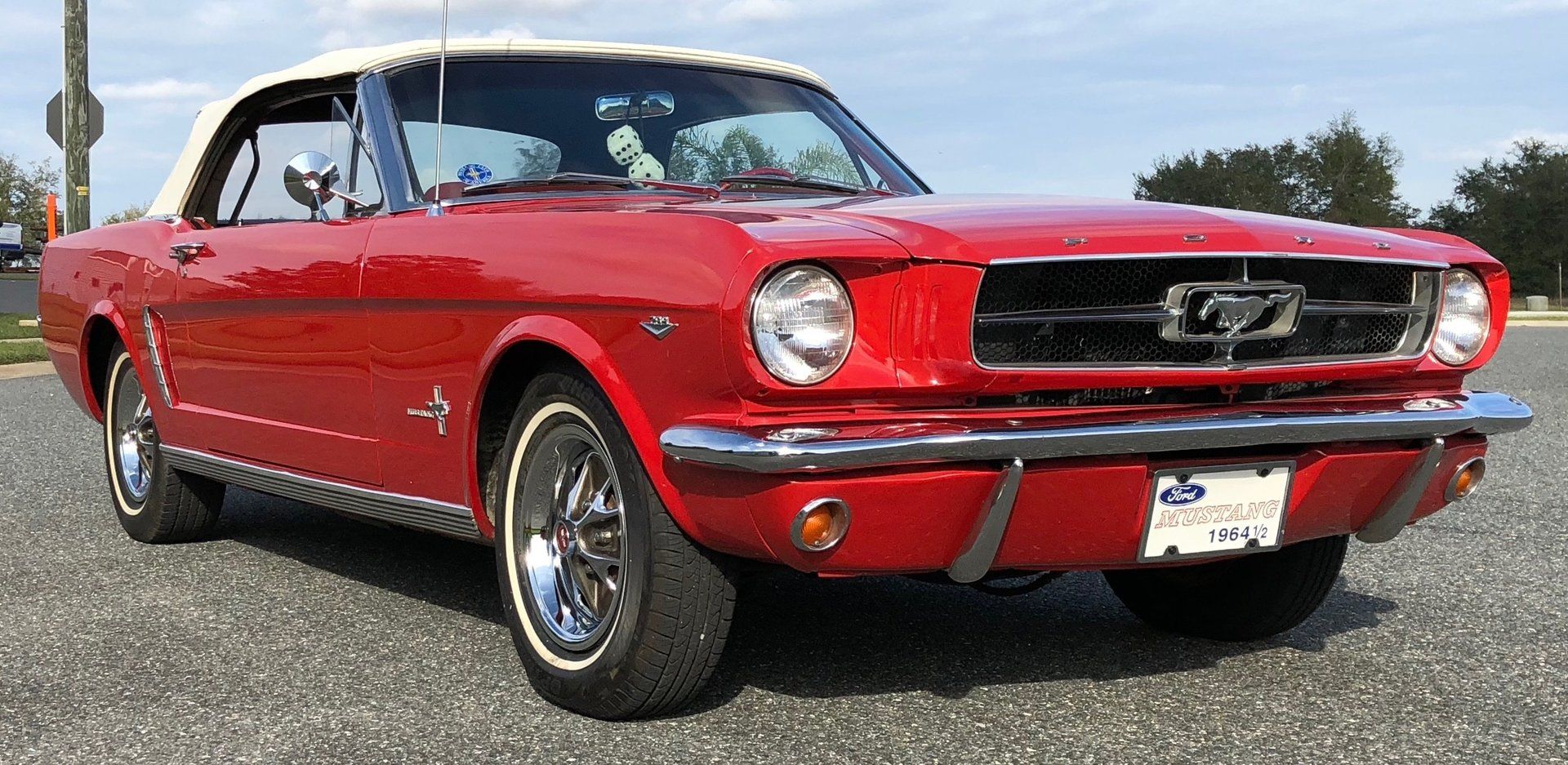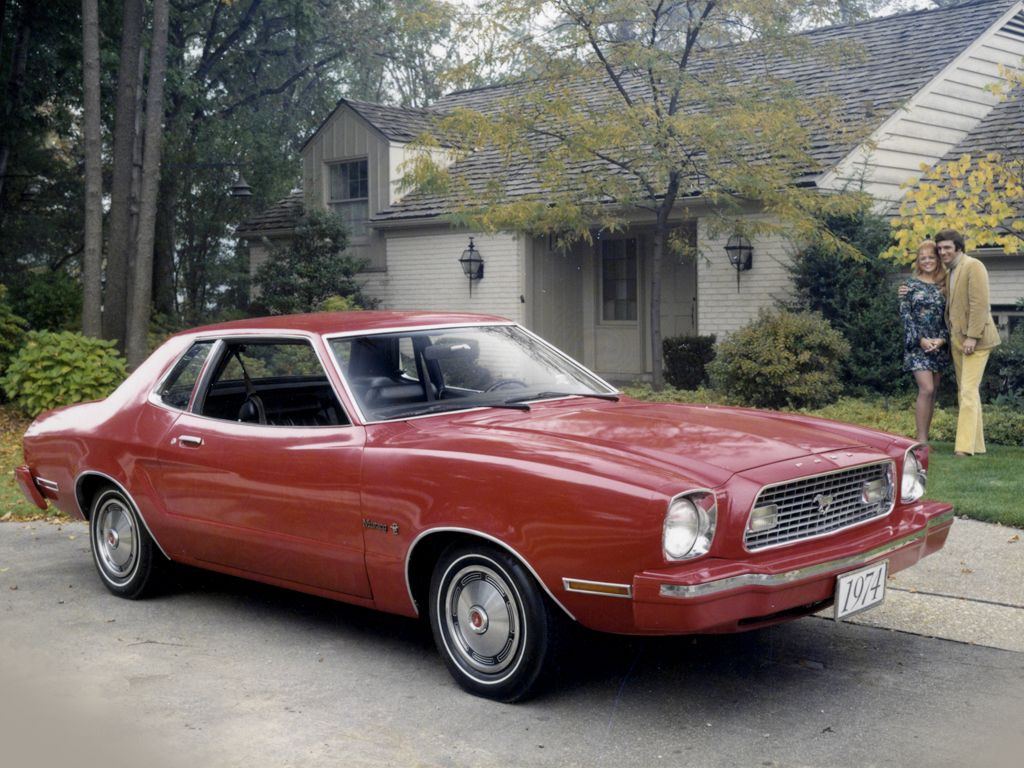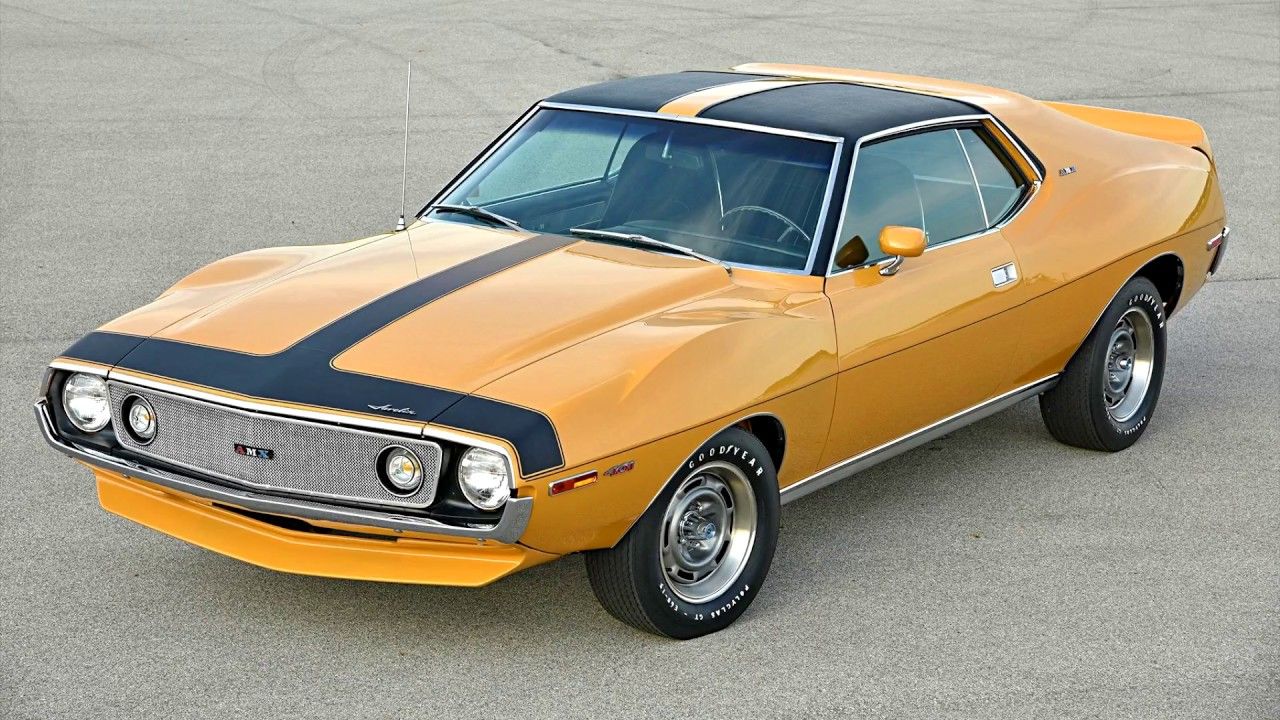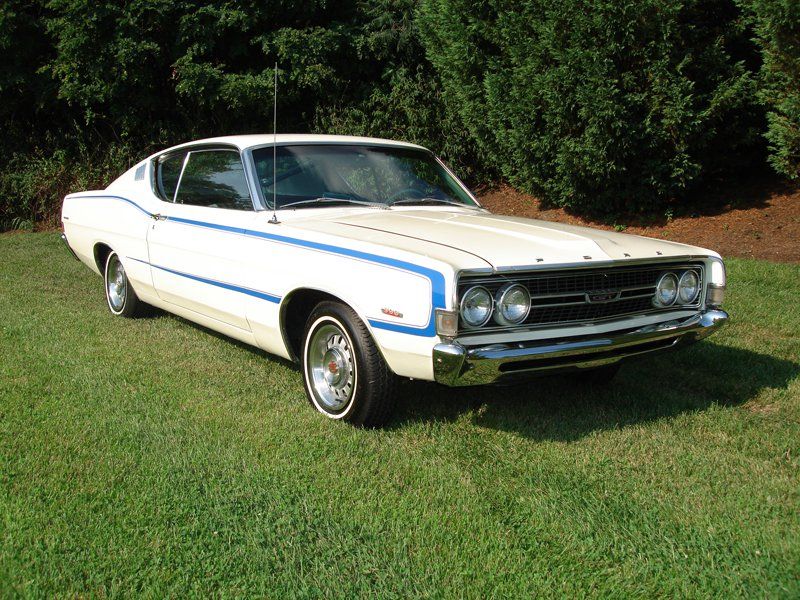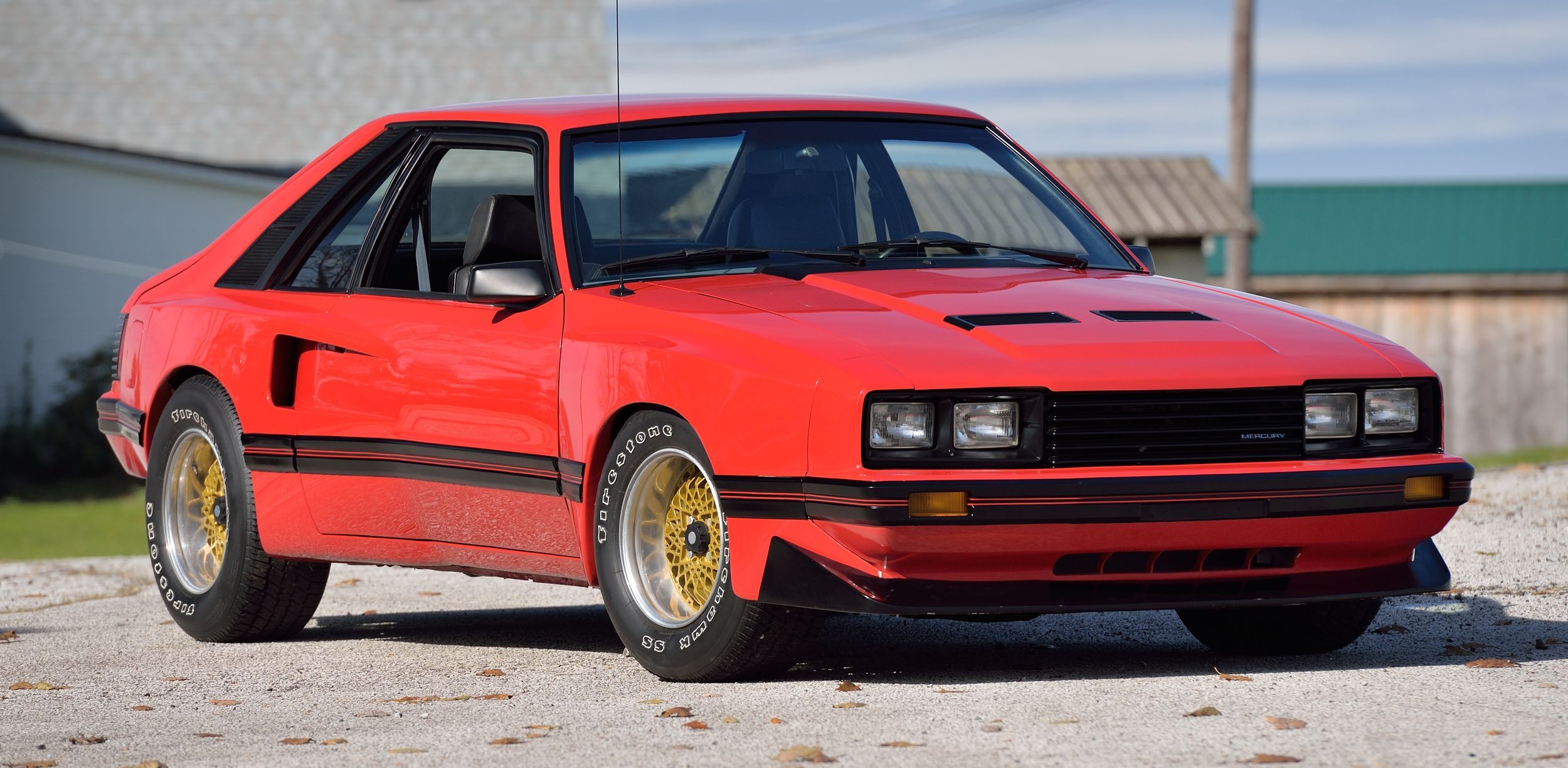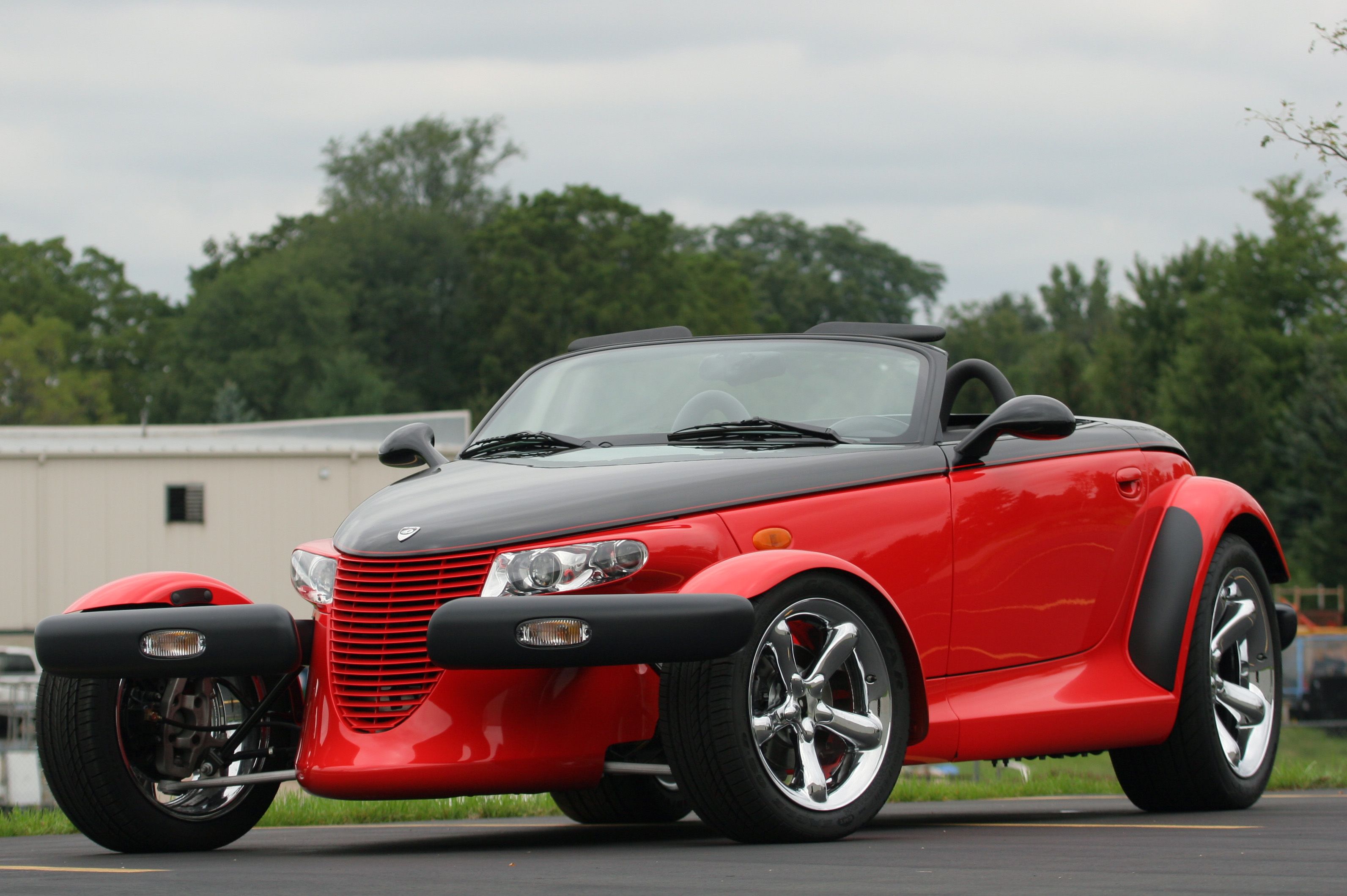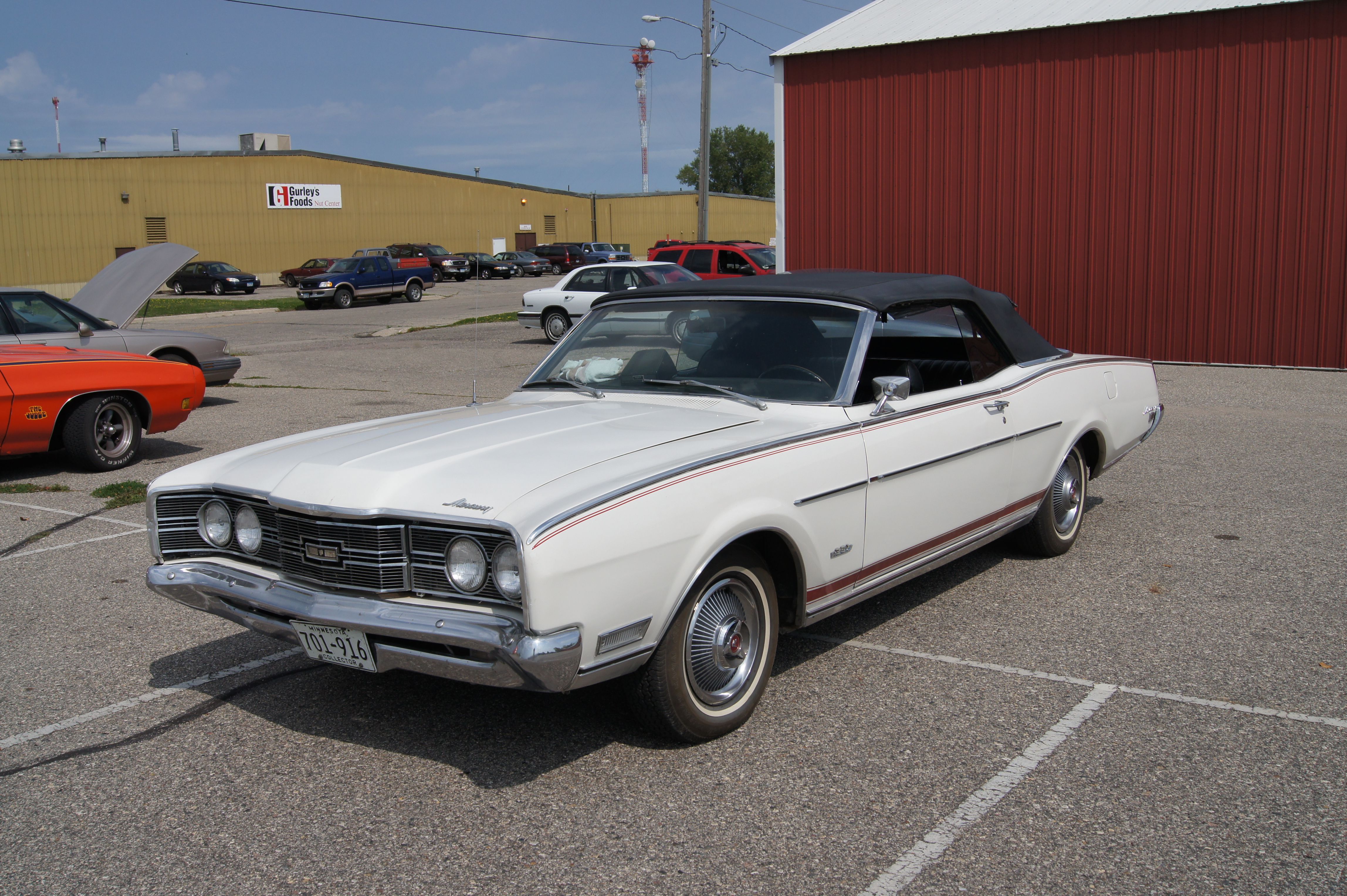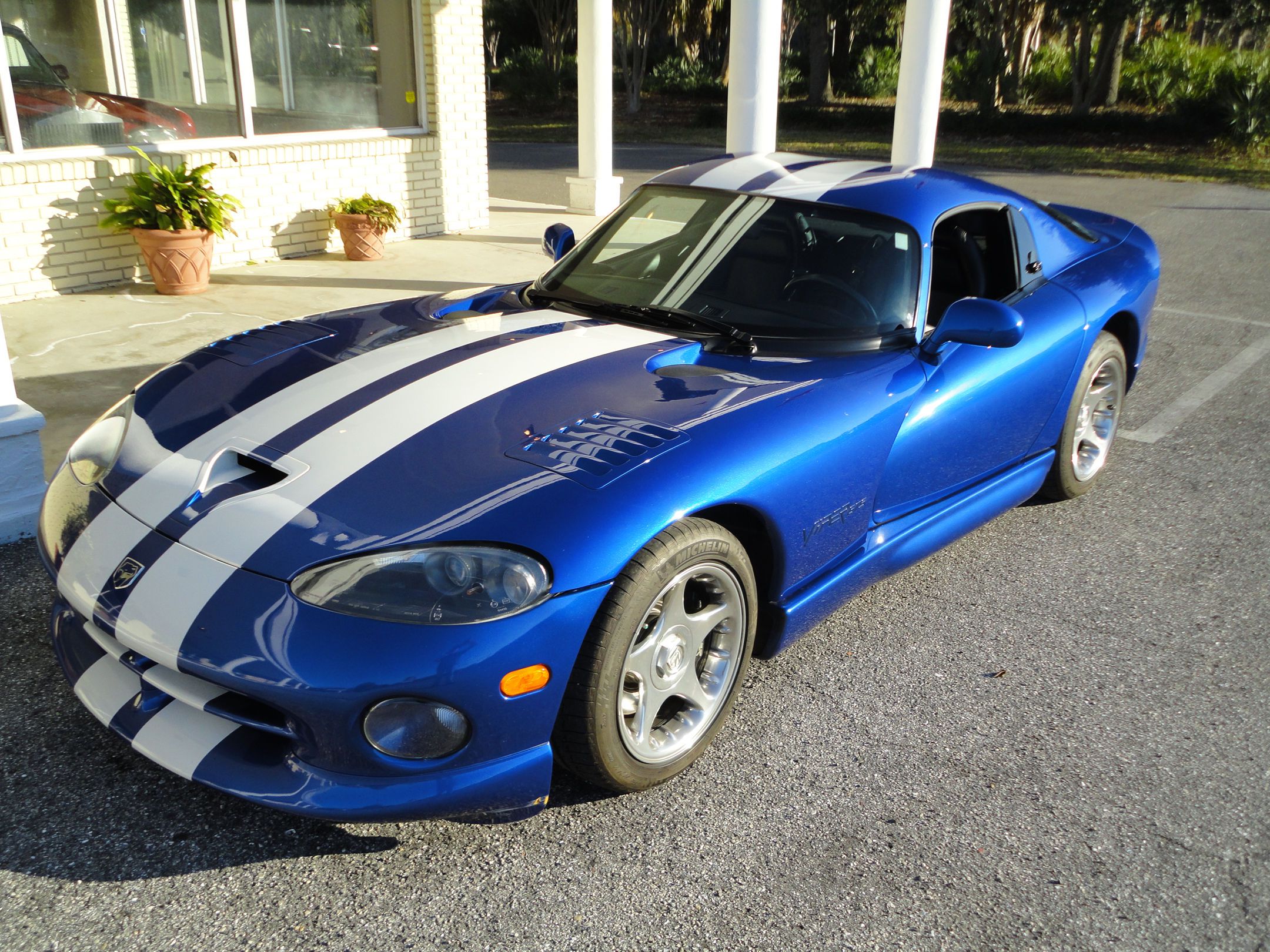The 1960s saw a major change in the car world. The classic “big cars” of the 1940s and 50s were giving way to sleeker models, although some families preferred station wagons. The “muscle car” era came to be in the late 1960s and would dominate the next decade. They predated the “supercar” era, with drivers loving a sleek automobile boasting a top-level V8 engine and good rear-wheel drive.
For years, the muscle car was a constant on the highways, with drivers never getting tired of them. Sadly, the oil embargo of the mid-1970s would hit the car industry hard. That was combined with new environmental laws affecting car design, as well. Since muscle cars required a lot of fuel, suddenly, they weren’t as much in demand and sales suffered.
Today, muscle cars are enjoying a comeback. Not only are classic cars popular with collectors but companies are coming out with supercars that harken back to the muscle era. The muscle era brought about true classics, many of which have become legends in automotive circles. Regardless of the year, restoring a muscle car is a very popular pastime, from regular drivers to TV makeover shows.
However, as great as they may be, muscle cars do have issues. Their very design means they’re sucking up more gas than a regular car and the fact that many of them were built decades ago means that it’s harder to get the right parts for repairs. While some muscle cars are truly loved, most have problems that are often ignored by their owners. Here are 20 muscle cars with issues the everyone just ignores.
20 Ford Mustang Boss 302: Poor Pistons
This machine lived up to its name, all right. The Boss was built for those who wanted to take their cars on race tracks over the weekend and its V8 engine could let it hit 0 to 60 in seven seconds, a figure which was definitely impressive for its time. Sadly, it turned out this machine required just as much maintenance as a real race car. It had the tendency to blow out pistons way too often and the exhaust systems endured a lot of wear thanks to the engine's significant output. The rarity of the car means it’s harder to find replacement parts, which makes this an expensive muscle car to maintain.
19 1971 Plymouth Hemi 'Cuda: Gas Guzzler
As much as muscle car enthusiasts may love these cars, they have to face some realities, sadly. One of them is the fact that muscle cars just require far more fuel than your typical automobile. It’s a reason the oil embargo of the 1970s basically destroyed the industry. At the time of its creation, the Barracuda was one of the best muscle cars out there and had a V8 engine boasting an incredible 425 horsepower—which meant this thing guzzled up gas like crazy. Even by the standards of the time, that was something but today, with gas prices so high, the cost of a simple afternoon drive outweigh how smoothly the 'Cuda runs.
18 AMC AMX: Bad Rust and A/C
The 1970s were a bit rough for AMC and their AMX model suffered. The 1970 version was very powerful and boasted a tough frame to maintain high speeds alongside its V8 engine. And yet, there were issues that have made this car a serious pain for collectors to maintain. The rear was prone to rusting faster than the rest of the car, which made it difficult to drive in bad elements. Also, the air conditioning was prone to breakdowns and even today, that can be a hassle. Given that parts for this car are harder to come by than other models and the fact is that the AMX just isn’t worth all the hassle owners put up with just for some nostalgic appeal.
17 1997 Chevrolet C5 Corvette: Bad Automatic
The key to whether this car is a monster worker or a terrible driver rests largely on what transmission you get. The Corvette is usually a terrific muscle car and looks utterly beautiful. A red one is a work of art, with its curves and its wonderful shape making it sleek and fast. The problem is that Chevrolet was infamous for using some low-quality materials that can make it a bit flimsy. If the transmission is manual, then the ride can be smooth and fast. If it’s the automatic, however, then you end up with the same performance as a family sedan. That’s not to mention the issues with the climate control that can definitely make for an uncomfortable drive.
16 Chevrolet Camaro Z28: Low Power
The 1980 and 1981 Camaro Z28s were one of the last gasps of the classic muscle car era. As such, they had some good styling. That should have meant they were cars ready to rip into high speeds and the great looks did have major promise. Sadly, these models had a V8 engine that couldn’t quite match the framework. As a result, the horsepower was nowhere near as high as other muscle cars on the market. Some modders have managed to boost it up a bit thanks to modern parts. However, a regular Z28 still lacks the horsepower and torque to match what other muscle car owners want.
15 Ford Mustang Fox Body: Underpowered
The 1990 to 1993 models of the Mustang looked terrific to be sure. It had a sleek design harkening to classic muscle cars and seemed to be a great addition to the ranks. But then. the complaints came in of several issues that made it rather underpowered. The sub-frame just wasn’t sufficient for the stock power of the engine. The strut towers were also more liable to rot, which meant it was harder to make this thing perform correctly. It’s a downright shame that a car with such a great look just couldn’t perform anywhere near the expectations. While these Mustangs may be popular for collectors, their issues are rather troublesome.
14 2008 Dodge Challenger: Bad Transmission
Most muscle car purists will claim any car from the 21st century doesn’t really count. However, others contend quite a few modern machines have done wonderful jobs of capturing the feel of the older models and mixing them with modern technology. At first, the 2008 Challenger felt terrific with its 425-horsepower Hemi V8 reaching 6,000 RPM and it seemed ready to dominate the market. However, the complaints began to pour in about several cars boasting bad transmissions. Some owners had to get new transmissions just days after buying a Challenger. It shows that even a modern muscle car can be prone to some stunning mistakes in its design to ruin the experience.
13 1968 Shelby Mustang: Poor Start-Up
Here’s a classic muscle car that most would say has nothing wrong with it. The Shelby Mustang is one of the best of its time and still blows most modern muscle cars away. Even those who aren’t muscle car enthusiasts have to admit a ride in a Shelby is a must for any lover of high speeds and fun thrills. It looks utterly beautiful and handles like a dream. That’s if you can get it started right, though. Because as amazing as it sounds, quite a lot of Shelby Mustangs of this year have terrible starters, that means it takes a bit to get the car going. It’s a shame such a beautiful machine has such an obvious flaw.
12 1973 Ford Ranchero: Rare Parts
The problem with some rare cars is that…well, they’re rare. As in, the less common they are, the riskier fixing them can be. The 1973 Ranchero was totally redesigned from its predecessors to meet the new federal standards for front impact protection. This led to a great showcase for some nice horsepower and output. However, with production shutting down in 1976, parts for the Ranchero have become harder to find. Even most high-end repair shops would be hard-pressed to find the right components to repair simple work. For that matter, some mechanics aren’t even trained to handle the specific parts for a Ranchero.
11 Plymouth Volare Road Runner: Water Leaks
This car lived up to its namesake (whether the bird or the cartoon character) of being incredibly fast—and sleek to boot. It improved on the Valiant with some of the best interiors that a muscle car owner could ask for, boasting some great comfort to go along with the performance. It looked to be the perfect mix for a car except for one tiny flaw: the Volare was prone to major water leaks. Somehow, Plymouth kept up a model that would be an absolute nightmare to drive in rainy weather or certain areas despite how obvious those issues would be. It meant constant repair work to make it drivable and marred the Road Runner name.
10 1968 Dodge Charger: Body Roll
It’s hard to get more classic in the muscle car class than the 1968 Dodge Charger. This is a masterpiece, from its top-notch design to its great engine, terrific horsepower, and excellent handling. For most muscle car enthusiasts, having a Charger is a must. Yet, it’s not as perfect as some of its fans might insist it is. The key problem is that body roll issues are major for this car. Somehow, the suspension was not a major priority when this thing rolled off the factory, meaning some serious problems on the road. With the right sway bar, it can be corrected, yet it shows even this classic muscle car isn’t perfect without modifications.
9 Chevrolet El Camino SS 454: Rear-Wheel Drive
For a car that was mixed with a truck, the El Camino did pretty great as a muscle car. Most models could be amazing for handling not just fast racing but also being a great utility vehicle. The V8 engine options offered serious horsepower. However, there was the issue of the rear-wheel drive paired with no heft at the rear end, which just isn’t up to the standards of other muscle cars. The big bed was stylistic perfection but many owners resorted to keeping sandbags in their El Caminos. As much as muscle car lovers enjoy this car, they have to be aware it requires more rear attention than other models.
8 1964 Ford Mustang: Six-Cylinder
This version of the Ford Mustang looks terrific, all right. Many owners went for the red versions that boasted some terrific designs and those incredible V8 engines are guaranteed to always be a joy. The issue, however, is that not all these models possessed V8 engines; too many had inline six-cylinder engines. This meant these muscle machines struggled to even reach 60 miles an hour, much less sprint there with tires screeching. This required scores of Mustang owners to need to get engine replacements if they wanted their cars to work like muscle cars should.
7 Ford Mustang II: Sluggish
While it shared the same platform as the infamous Pinto, the Ford Mustang II, thankfully, avoided that car’s terrible problems. It was really a victim of bad timing, hitting the marketplace just as the oil embargo was helping to end the classic muscle car era. The first model was the best, winning awards for its design and the model definitely could have taken off more. Most muscle car lovers enjoy it but tend to ignore the issues of its bad drive quality. Even the best versions tended to be rather sluggish and slow to respond to steering or shifting. For a muscle car, that’s a huge drawback. Some mods can fix the issues but many drivers just choose to ignore how sloppy this classic car could be.
6 1971 AMC Javelin: Interior
This two-door hardtop was the winner of numerous speed awards in Europe. It thus made sense that it was soon popular not just with muscle car enthusiasts but also the police, as the Javelin was soon utilized by various police forces in the U.S. Between its various engine options, excellent handling, and top speeds, it looks like there’s nothing wrong with this—except the interior. Let’s be honest, inside, this is one of the ugliest cars of its period. The steering wheel is far too massive and badly placed, the leather seats look ugly even when brand new, and the dash layout can be a bit hard to take in. This is a car where more modifications go to overhauling the interior than the mechanicals.
5 Ford Torino GT: Heavy Weight
Whenever the classic muscle car era is mentioned, the 1970 Ford Torino GT is one of the first cars to come to mind. One look showcases how beautiful this is as a classic muscle machine, with its nice design and top-flight engines named “Cobra Jet” for their great speeds. However, the Torino did have an issue with its weight. The curb weight could be almost 3,500 pounds, much more than many muscle cars that are designed to be lighter. This meant the car couldn’t quite match the output of the engine and had issues with handling the road. It’s a shame this great-looking muscle car was held back by a weight that cost it some of its performance potential.
4 Mercury Capri RS Turbo: Exterior Design
The “Fox Body” has a bit of a cult following among muscle car enthusiasts. It was a nice step up from the Mustang II and while different from the classic muscle era, it had a unique look that’s won fans over. However, the related Mercury Capri RS Turbo has a cult following that is because most muscle car lovers dislike the boxy design.. Indeed, a non-altered Capri can only get 130 horsepower from its 2.3-liter, four-cylinder engine. That sort of robs from the “turbo” label. Perhaps a sleeker design could allow this car to get more speed. As it stands, while some enthusiasts love the style, most muscle car fans prefer the Capri be left in the 1980s.
3 Plymouth Prowler: Too Heavy
After winning folks over as a concept car in 1993, the Prowler hit the market in 1997. It looked to be just what muscle fans wanted: a terrific automobile that provided some serious horsepower and reached some high speeds. Helping was its terrific design, making it look like a 1940s race car but with some serious modern edge. The fact only 11,702 were built makes it a collector’s item. But when driving, it soon becomes obvious why this machine never took off with drivers. It’s simply too heavy to handle the V6 engine and the automatic transmission was also a weak choice. This means that the Prowler can’t live up to its potential.
2 Mercury Montego GT: Rust Issues
The second generation of the Montego is the one most muscle car enthusiasts love. Whether the four-door sedan or two-door, it was loved by enthusiasts thanks to how it boasted an option of five different V8 engines. While the three-speed transmissions weren’t as serious as other cars, it still could mix together some great speeds and excellent handling. Sadly, the underside of the car tended to come apart in the elements. Somehow, the undercarriage of the Montego tended to rust away far faster than the rest of the car, necessitating constant repairs and upkeep. The Montego is a great drive but riding it in rainy weather is not recommended in the least.
1 Dodge Viper: Too Fast
What could be wrong with the Viper, one asks? It’s sleek, it’s gorgeous, it stands out from a crowd, and its engine is one of the best around. Get this onto an open road and the speed is something few other muscle cars could possibly match. Therein lies the problem, though. The Viper is simply too fast for many drivers and its powerful engine can be a major issue. The handling can get out of control and cause incidents on a tight road packed with a lot of curves. It would require serious training to get the Viper to handle well, as its speed is both its biggest draw and its biggest drawback.
Sources: Jalopnik, Wikipedia, and Car Complaints.

